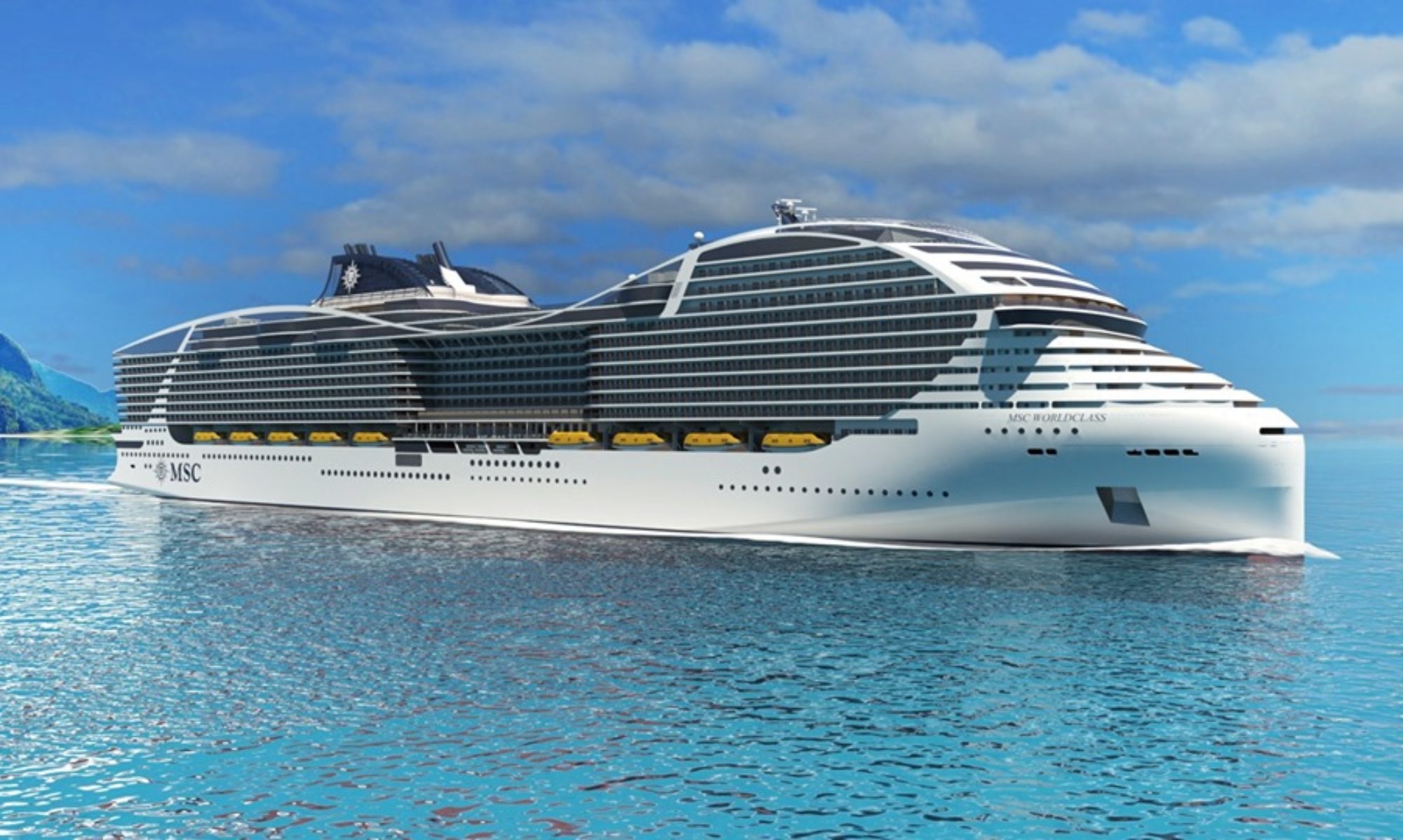
The incoming new ship – featuring a state-of-the-art Selective Catalytic Reduction (SCR) and next-generation Advanced Wastewater Treatment (AWT) systems – will be one of the most environmentally-sound ships at sea and an energy-efficient role model for modern cruising
Geneva, Switzerland, 25 September 2019 – MSC Cruises’ newest and most innovative ship to-date is due to enter service on 31 October and will see the line introduce two new major and important onboard environmental advances to complement a wide range of existing leading-edge environmental technologies across the company’s entire fleet: a state-of-the-art Selective Catalytic Reduction (SCR) and next-generation Advanced Wastewater Treatment (AWT) system.
MSC Grandiosa, which will be christened in Hamburg, Germany on 9 November, will feature an SCR system which helps reduce nitrogen oxide by 90 per cent through advanced active emissions control technology. Nitrogen oxide from the engine operations is conducted through a catalyst – a high-density device made from noble metals – and converts them into nitrogen and water, both harmless compounds.
The ship will also be fitted with a next-generation AWT system. Through very fine filtration, wastewater from MSC Grandiosa will undergo a comprehensive purification process that transforms it to near tap-water quality. The system meets the so-called ‘Baltic Standard’ and treats the wastewater to a higher standard than most waste standards available in cities around the world.
MSC Cruises’ next flagship will adhere, therefore, to the world’s strictest environmental standards set by the International Maritime Organization (IMO), which will lead to nearly zero impact in these areas. This will also allow MSC Grandiosa to be certified to operate in delicate environments such as the Baltic Sea and Alaska.
MSC Grandiosa will also be fitted with shore-to-ship power which connects cruise ships while at berth to a port’s local power grid to further reduce the ship’s air emissions while in port. This is a feature that is broadly available across MSC Cruises’ entire fleet and has come as standard across all its new builds since 2017.
These new features add to other effective environmental technologies deployed on the ship and across the Company’s fleet to minimise and continuously reduce environmental impact, including: cutting-edge hybrid Exhaust Gas Cleaning Systems (EGCS) that remove sulphur oxide from ship emissions; advanced waste management and wastewater treatment systems; ballast water treatment systems; latest-technology systems for the prevention of oil discharges from machinery spaces and various state-of-the-art energy-efficiency improvements – from heat recovery systems to LED lighting.
Currently, MSC Grandiosa and 10 other ships in MSC Cruises’ fleet of 17 ships are equipped for cleaner emissions with hybrid EGCS’ which remove 98 per cent of sulphur dioxide from a ship’s exhausts. The line’s six other ships will be retrofitted with the technology by the end of 2021 and until then will rely on the use of low sulphur fuels to always fully comply with the strictest existing as well as new maritime regulations.
MSC Grandiosa, is the third Meraviglia class of ship to enter MSC Cruises’ fleet and the first of three Meraviglia-Plus ships. It will be MSC Cruises’ fifth new ship to enter into service in the past 30 months and is part of a plan to build 17 highly-innovative and environmentally-sound cruise ships between 2017 and 2027.
MSC Grandiosa’s Environmental Specifications:
Energy-efficient hull and overall design: 28 per cent less fuel compared to Fantasia Class ships (entered in service between 2008-2013) which represents a reduction of 255kg less carbon dioxide per passenger, per cruise.
Hydrodynamics: optimised hull design and latest generation azipods and propellers.
Hybrid Exhaust Gas Cleaning System (EGCS): 98 per cent less sulphur oxide through a system which can operate in closed loop.
Selective Catalytic Reduction system: 90 per cent less nitrogen oxide through active emissions control technology.
Shore-to-ship power: fully ready to connect to local power grid to reduce emissions while at berth in port.
Advanced waste management: comprehensive systems to reduce, recycle and reuse all waste aspects on board.
Ballast water treatment system: a system to avoid introducing invading species through ballast water.
Advanced wastewater treatment: the system treats wastewater to a very high quality and the end product is of a better standard than most shoreside municipal waste standards around the world.
Smart heating, ventilation and air conditioning system (HVAC): two high- and low-heat recovery loops to intelligently redistribute heat and cold from the laundry room and machinery spaces to warm up the swimming pools or other parts of the ship.
Trim Optimisation: a software application to monitor and optimise trim, the ship’s stability, in real-time. This technology supports ship officers to keep the vessel’s trim optimised to reduce fuel consumption and optimise performance.
Energy-saving LED lighting: all MSC Cruises ships use only energy efficient LED and fluorescent lighting.
Hull paints: the hulls of all MSC Cruises’ ships are coated with special environmentally-friendly paints which impede the growth of barnacles, algae and marine organisms in order to reduce drag significantly.
MSC Grandiosa’s Other Specifications:
Ship name: MSC Grandiosa
Ship class: Meraviglia Class
Delivery date: 31 October 2019
Gross tonnage: 181,000 gross tonnes
Lower berth capacity: 4,842
Total number of passengers: 6,334
Crew members: 1,704
Number of cabins: 2,421
Length / Beam / Height: 331.43 m / 43 m / 65 m
Maximum speed: 22.3 knots






